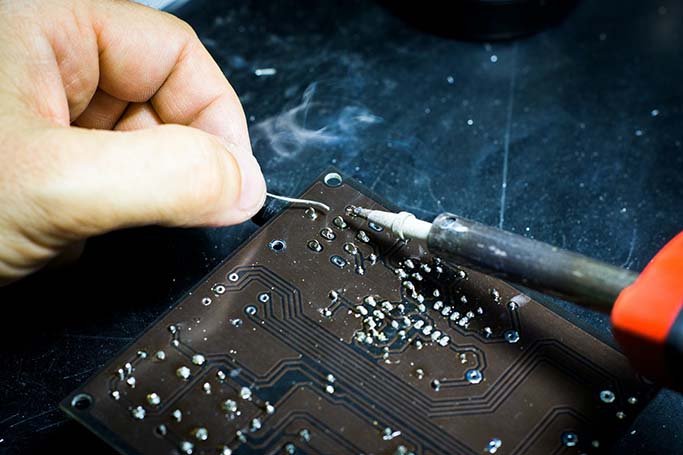Supply chain issues are very common for many reasons. Can you solve supply chain issues by JIT Kitting or Outsourcing? PTS Corp explores both options to help you choose which is best for your business.

The manufacturing business is rife with potential costs and bottlenecks. With enterprises looking to reduce these problems in any way they can, much attention has turned to improving supply chain methods. Two primary solutions have gained popularity in this effort: Offshoring and "Just-In-Time" or JIT Kitting. What are these methods, and how do they solve supply chain issues?
Offshoring
Offshoring is the process of relocating business operations from one country to another where inexpensive labor or resources are available. A business that plans for offshoring operations can reap the following benefits:
- Being able to delegate work and concentrate more on core business processes
- Cheaper, skilled workforce
- Risk Mitigation
- Tax and other financial benefits
While offshoring provides advantages, it has disadvantages that are challenging to navigate. Moving a business to a different country isn't as straightforward as it may seem:
- Cultural differences, including social-cultural issues and language/communication barriers
- Ethical issues within the business and offshoring team
- Long-distance can affect the owner from visiting the country if needed, and products/ services could be delayed and not delivered when expected.
JIT Kitting
A supply chain inventory system called "Just-In-Time" minimizes inventory and increases efficiency by streamlining materials and parts for production while not having overhead. Kitting is the process of incorporating two or more products into one package. When pairing JIT and kitting, a value-added service provides solutions to complicated supply chain processes. Some of the advantages include:
- Minimizing delays in the manufacturing process and reducing material handling/assembly time
- Improves quality by ensuring the correct parts are always available
- Help minimizes the need for assemblers to search for inventory and pull parts
- Reduces machine downtime due to parts available
However, problems can arise if kitting isn't appropriately managed. For example, If operators remove parts from complete kits, a domino effect will occur, causing delivery delays, production slowdown, warehouse inefficiency, and other critical issues.
Which Is Best?
Which method is best suited for your company's needs? The state of your business is an essential factor in which approach can better help your enterprise. If you're planning to expand your business, offshoring can provide you with different labor markets and minimize costs. JIT Kitting increases efficiency by reducing overhead by not having unnecessary inventory. This system is popular with smaller businesses and major enterprises that want to enhance their cash flow and reduce operating costs.
Finally, it is worth noting that, with a global pandemic, both of these methods have met with similar hazards. Getting parts and products from one place to another, especially when moving them internationally, has become much more unreliable, presenting substantial challenges. These developments generally favor the JIT Kitting approach as it does not require as much international and long-distance movement of goods. However, the parts needed for kits can be disrupted, causing the aforementioned 'domino' effect and creating significant delays.
